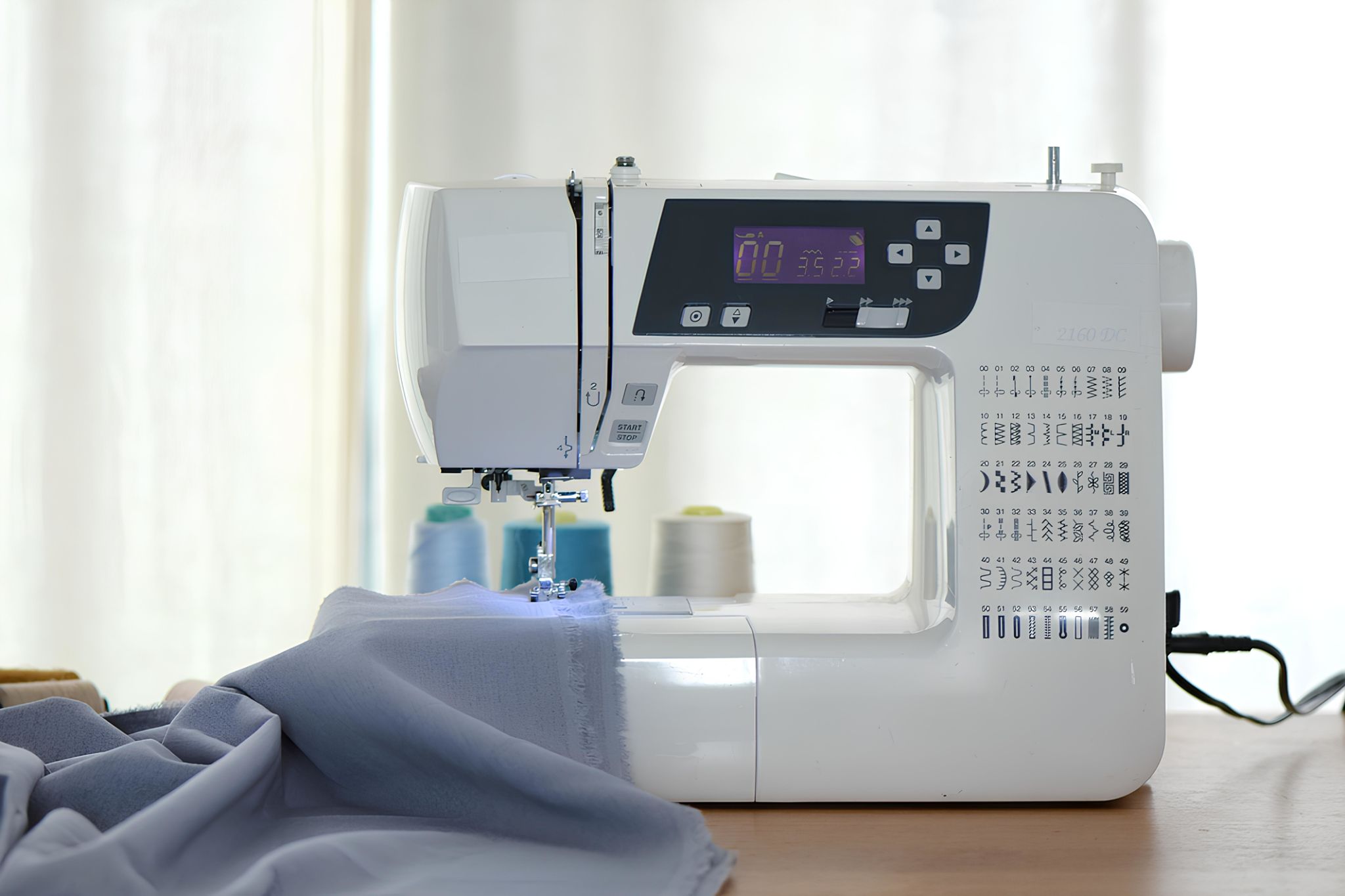Common Misconceptions About Garment Machinery: Debunked
Introduction
Garment machinery is a cornerstone of the textile industry, yet it is often surrounded by misconceptions that can lead to confusion and inefficiencies. Whether you're a seasoned professional or new to the field, understanding the truth behind these myths is essential for optimizing production and ensuring high-quality output. In this post, we'll debunk some of the most common misconceptions about garment machinery.
Misconception 1: All Machines Are Interchangeable
One frequent misunderstanding is that all garment machines can be used interchangeably for different tasks. This is far from true. Each machine is designed for specific functions and using the wrong one can result in poor quality and increased production costs. For instance, a lockstitch machine is perfect for basic seams, but a serger is needed for overlocking edges.

The Importance of Machine Specialization
Understanding the specific purpose of each machine is crucial. Machines are engineered with unique features to handle particular types of fabric and stitching techniques. This specialization enhances efficiency and ensures that garments meet quality standards. Ignoring this can lead to equipment damage and wasted resources.
Misconception 2: Newer Models Are Always Better
Another common belief is that the latest models of garment machinery are always superior. While technological advancements often bring improvements, newer isn't always better for every situation. The suitability of a machine depends on the needs of your production line and the type of garments you are producing.

Evaluating Technology Based on Needs
Before upgrading to a newer model, it's essential to evaluate whether its features align with your specific requirements. Sometimes, older machines may be more cost-effective and efficient for particular tasks. Conducting a thorough needs assessment can prevent unnecessary expenses and disruptions.
Misconception 3: Maintenance Is Not Essential
Some believe that garment machines can operate efficiently without regular maintenance. This is a critical error. Regular maintenance ensures that machines run smoothly and prevents unexpected breakdowns that could halt production.

Benefits of Routine Maintenance
Scheduled maintenance not only extends the lifespan of the equipment but also enhances safety and productivity. By addressing issues early, you can avoid costly repairs and downtime. Implementing a maintenance schedule is a proactive step towards sustainable operations.
Misconception 4: Training Is Unnecessary
There's a misconception that operating garment machinery requires minimal training. However, proper training is vital for maximizing efficiency and ensuring safety in the workplace. Untrained operators are more likely to misuse equipment, which can lead to accidents and increased wear and tear.
The Role of Skilled Operators
A well-trained workforce can significantly impact production quality and speed. Training programs should cover machine operation, troubleshooting, and maintenance procedures. Investing in employee education not only boosts productivity but also fosters a culture of safety and continuous improvement.
Conclusion
Dispelling these common misconceptions about garment machinery can lead to better decision-making and enhanced production processes. By acknowledging the unique features of each machine, assessing technology based on specific needs, maintaining equipment regularly, and investing in operator training, businesses can optimize their operations and improve overall efficiency.
